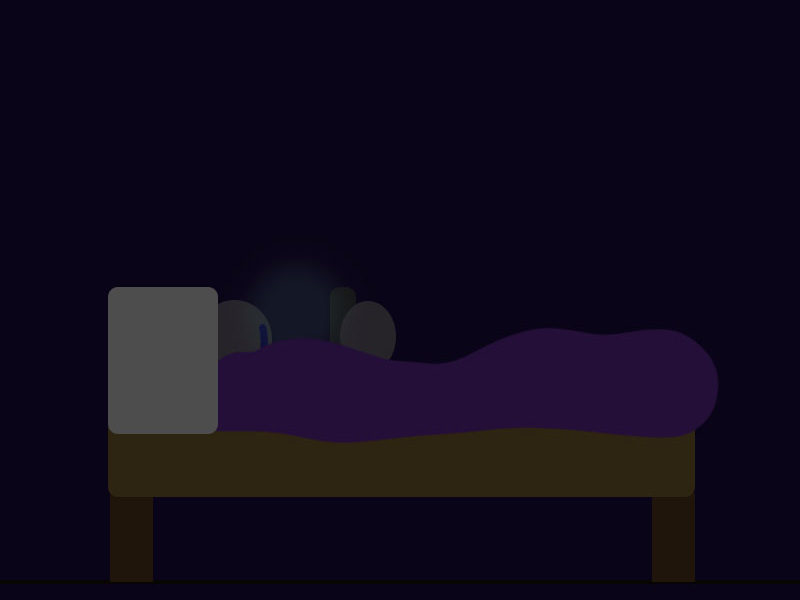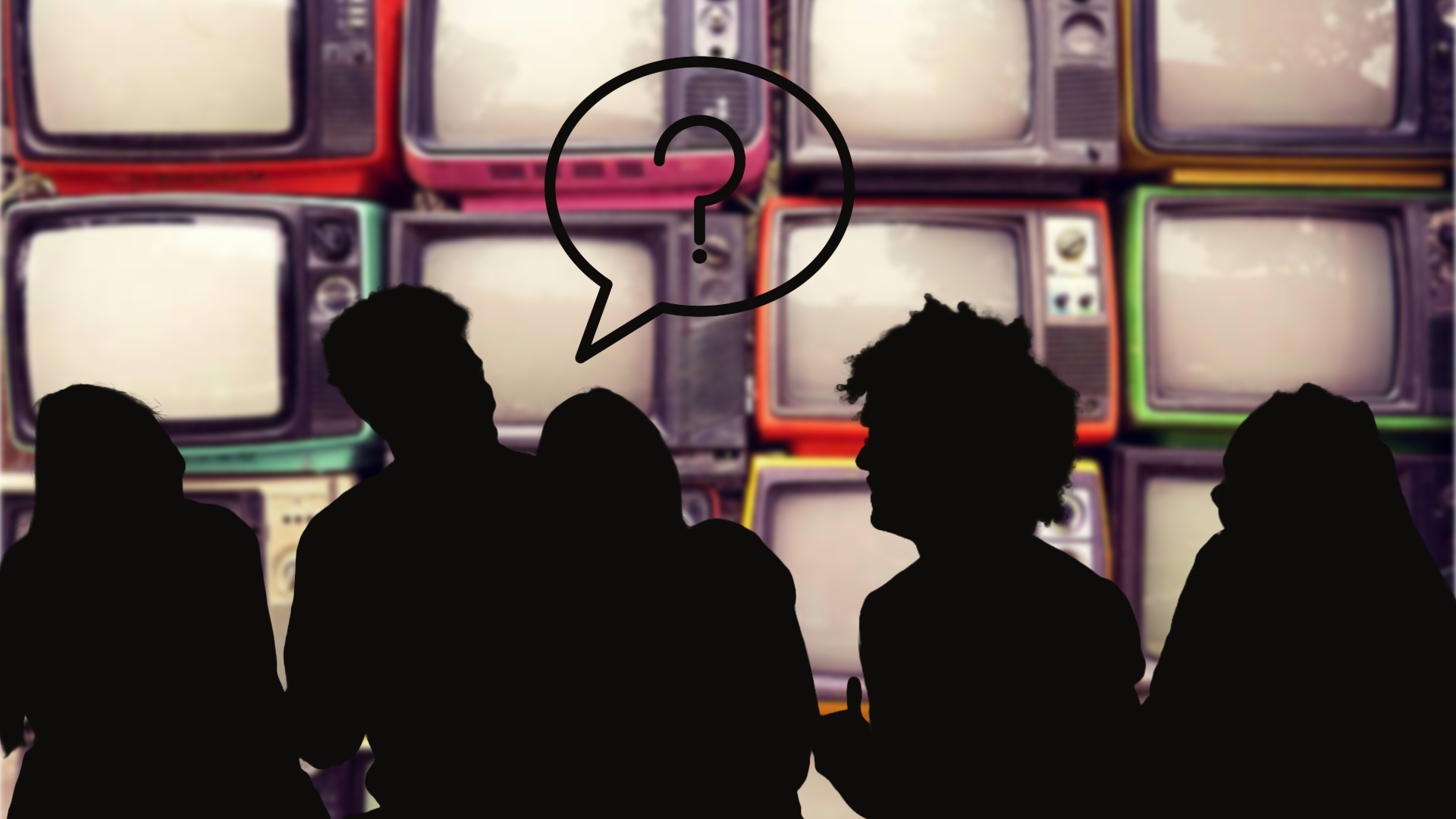By Rocco Garcia
How does the blue light emitted from electronic devices affect sleep and sleeping patterns? According to Occupational Health and Safety (OHS), the blue light is typically helpful during the day, since it boosts reaction time, attention span, and mood. While this is beneficial during the day, it is harmful at nighttime. This is because the blue light keeps people awake, while an individual may want to sleep. According to Eyes Safe, unlike other forms of lights, our eyes cannot filter the blue light, so more blue light passes through our eyes and into our retina. With this being said, blue light can produce positive and negative affects to our eyes. The positives being increased mood, controlled circadian rhythm, alertness, and increased memory.
Circadian rhythm is the body’s natural clock. If an individual goes to sleep at 10p.m. and wakes up at 7a.m., the body becomes accustomed to those times. This also has to do with the fact that no one shares the same circadian rhythm. According to studies done by the OHS, most people’s circadian rhythm are an average of 24 and a quarter hour. But an individual who does not go to sleep until later, has a longer circadian rhythm and individuals who wake up early have a shorter circadian rhythm. Carson Evanger, sophomore at Ponte Vedra High School, said, “Before sleep I like to use my phone for about an hour long so I can relax before bed, it also makes me more tired so when I shut my eyes, I won’t be awake for a while.” According to the Sleeping Foundation, 90% of Americans use an electronic device in their bedroom within an hour of going to sleep. Light is the most crucial part in forming circadian rhythm. Wyatt Fisher, a freshman at PVHS, said, “I prefer to be on my phone for about 15 minutes because it is not healthy to be on your phone for long periods of time before sleep.” People are exposed to an alarming amount of light before bedtime, and while all forms of light have an impact on circadian rhythm, blue light has the largest impact. Many people are constantly working under blue light. In addition to electronics, other sources that emit these blue lights are televisions, smartphones, LED lights, tablets, video game consoles, E-readers, and computer screens.
While it is quite easy to be exposed to blue light, there are many simple, fast, and easy methods to limit the exposure to blue light. The most simple and effective way to mitigate blue light exposure is to just disconnect or turn off all the possible sources. This includes dimming or diminishing fluorescent and LED lighting and powering of all forms of electronics when the hours of darkness arrive.





